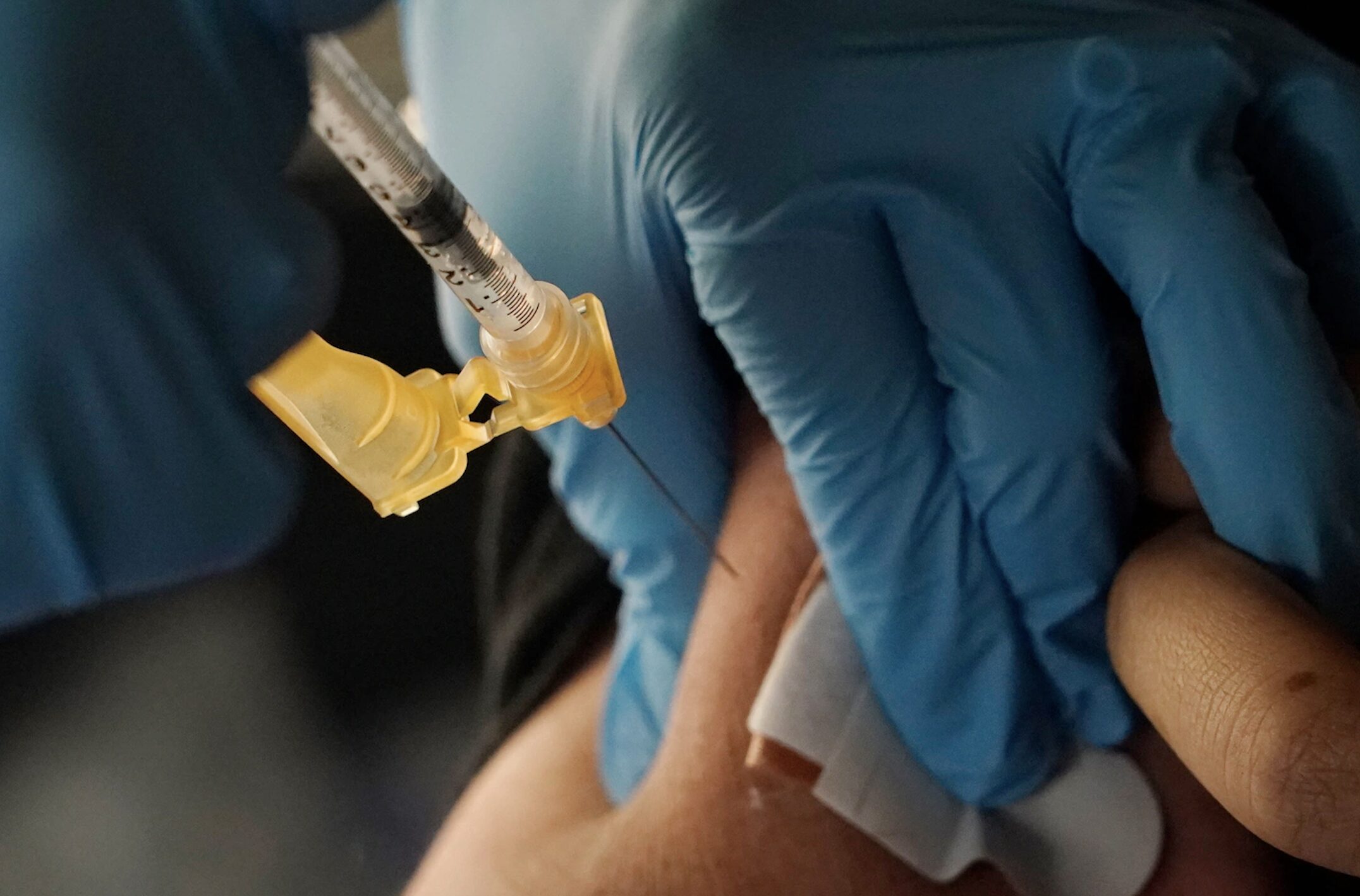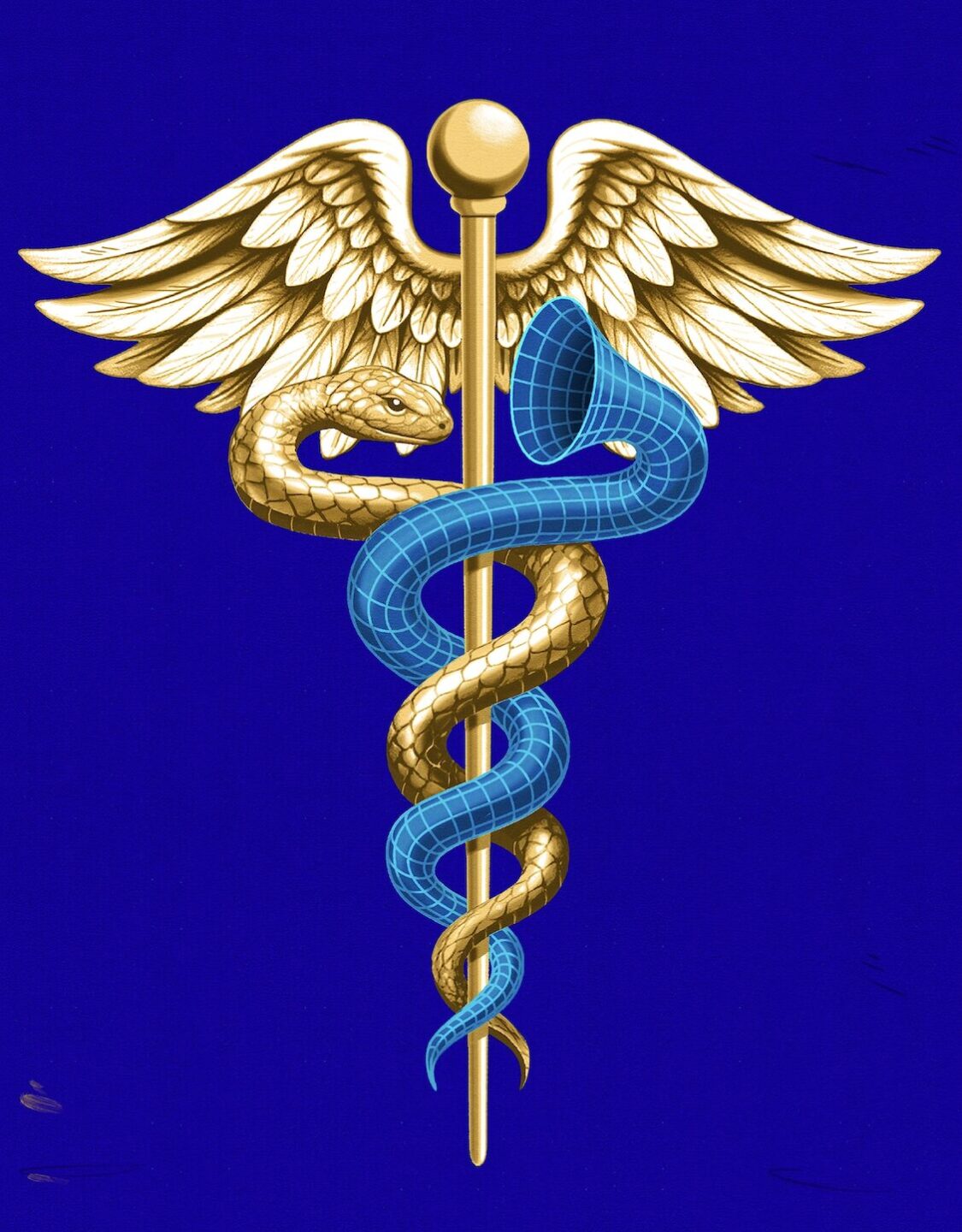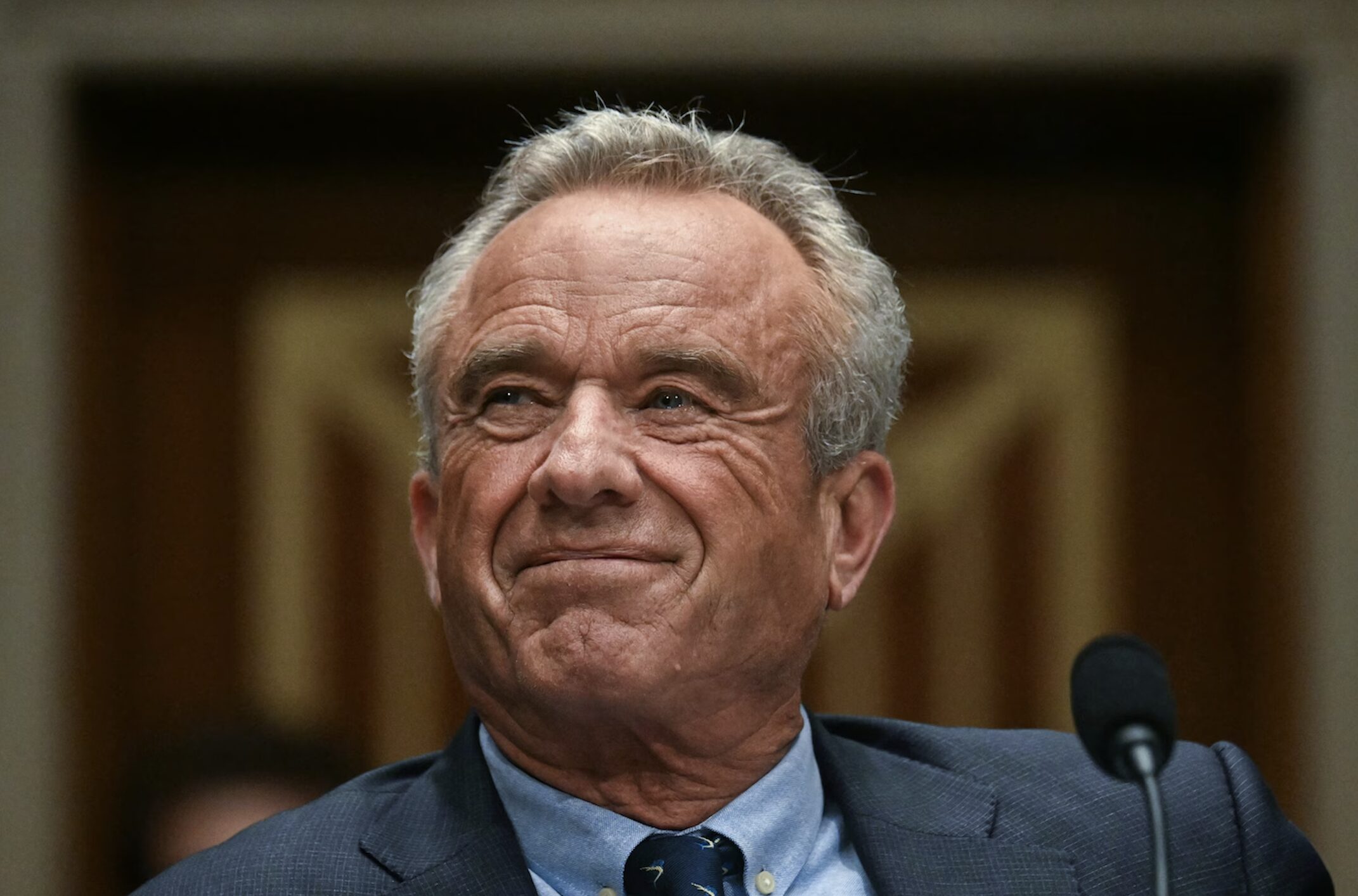These hard-won gains have been slowly eroding. Nationally, vaccination coverage among kindergartners decreased from more than 95 percent during the 2019-2020 school year to less than 93 percent in 2023-2024.
Many pockets of the country have significantly lower vaccination rates. In Gaines County, Texas, where most recent measles cases are clustered, nearly 14 percent of K-12 students have opted out of at least one required vaccine. Health officials say the portion of unvaccinated people there is probably higher because of the area’s large, isolated Mennonite population, whose data are underrepresented in official statistics.
Thus far, 16 measles patients have been hospitalized in Texas. Across the border in New Mexico, state officials put out public notices that people could have been exposed to the virus in an elementary school, a grocery store, an emergency room, a pharmacy and a church. Public health leaders in both states are educating the public on measles symptoms and setting up immunization clinics to try to curb the spread.
Time will tell how many more people will become infected and fall seriously ill in this outbreak. What’s certain is that this outbreak will not be the last. At least 15 states have proposed legislation to loosen vaccine requirements. In Texas, lawmakers have already introduced more than 20 such bills this year. Robert F. Kennedy Jr., the newly confirmed health and human services secretary, refuses to disavow the debunked theory that MMR is linked to autism. And among the several thousand Department of Health and Human Services employees terminated in Elon Musk’s purge of government agencies are those tasked with disease investigation and outbreak response.
It’s been said that vaccines are a victim of their own success. Indeed, younger generations fail to appreciate the extraordinary benefit of vaccines because they have never seen the lethal illnesses that vaccines help avert. One can only hope that parents learn this lesson before more children are infected and suffer the consequences of measles and other vaccine-preventable diseases.
This article is from WWSg thought leader, Leana Wen.







